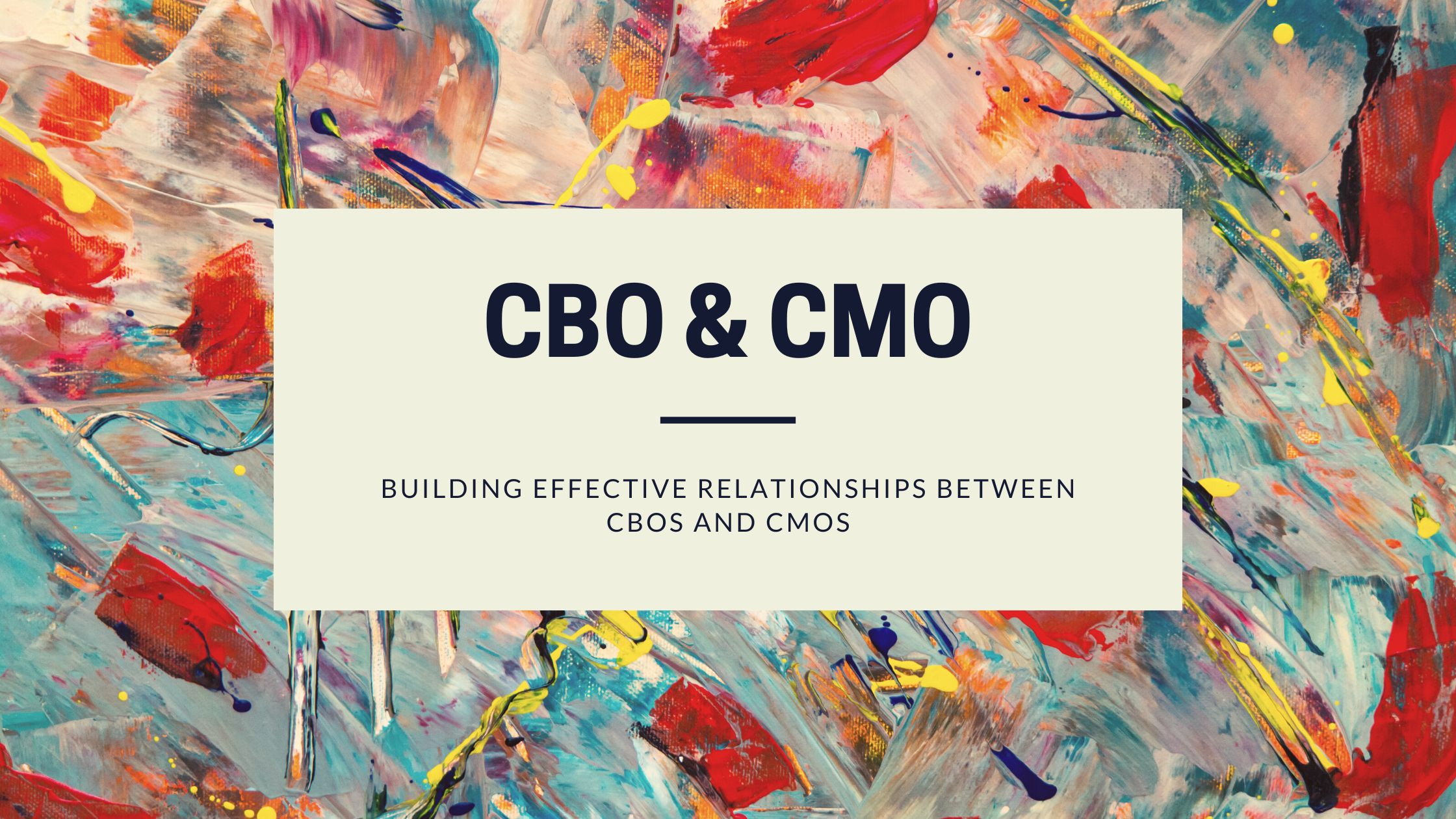During my startup days I have personally been in situations where I have lost deals ONLY because I was unable to create the right value proposition for the audience. And I have met many startups who suck at storytelling. They might have a compelling product/ service, but haven’t figured out a compelling story for how their product will change the world! The difference comes down to branding and storytelling.
I’ve learned that startups that reach their target customers with the best messaging, building the most effective brands, will win. Storytelling is the difference and essential to brand success. We build brand fans with storytelling. We tell a unique message with stories. We have an emotional connection to telling stories. This has been true since the first cave paintings were discovered. But what is it exactly about our brains that makes us so enthralled by stories? And how can we use this today when we create a brand for ourselves?
Don’t unplug the humanity. You need to make an emotional connect with people in the room and build empathy to bring people together. Get your clients out of their heads and in touch with their hearts. When you listen to a powerpoint presentation with mundane bullet points, the only parts of the brain activated are the language processing parts. However, if you are being told a story, any area in your brain that would you would use when experiencing the events of the story are activated in addition to the language processing parts of your brain. A story can put the entire brain to work.
Another benefit of telling a story is that if you tell a story that has shaped your thinking and way of life, you can have that same effect on the person or people you’re telling the story to. According to Uri Hasson from Princeton, the brains of the storyteller and the listener are able to synchronize. A storyteller can plant ideas, emotions and thoughts in the brain of the listener.
So why exactly does the format of a story have such a deep impact on our learning? The simple answer is that humans are wired that way. If a story is broken down into its simplest form, and uses metaphors or narratives that stimulate both sides of the brain, it is a connection of cause and effect. This is exactly how we think. Whether we are are thinking about work, family or everyday tasks, we think in narratives all day long. For each action and conversation, we make up stories in our heads.
Whenever we hear a story, we have a desire to relate it to one of our existing experiences. While we are searching our brains for a similar experience, we activate a part of the brain called the insula, which helps us relate to that same experience of joy, pain or disgust.
So how can we make use of it? Here are a few ways to combine facts with narrative.:
1. Be persuasive by including personal anecdotes.
When you first begin to write social media posts, content, or your investor pitch, it can seem impossible to use personal stories when you don’t have much experience with the subject area. The content just wouldn’t be believable. This is when you can find a story from an expert online. You can even interview the expert to get a completely unique take. This will tap into the consumer’s brains, and the fact that it comes from a reliable source will appeal to them even more.
2. Tell stories. Stories should have an empathetic hero, tension or conflict and a crossroads for transformation.
Many people and businesses write posts giving helpful pointers in their industry. While this could get some engagement, the best way to ensure that people will respond is by telling stories. Uri Hasson from Princeton states that a story is the only way to activate parts in the listener’s brain so that the listener can turn the story into their own idea and experience. Tell a story and make sure the outcome of your story is that doing what you intend to do is the best option.
3. Keep the story simple and structured. You always want to identify the destination.
Think about the presentation as an art project. Drama lies in the little nuggets and attention to details.
People like to be engaged in a story, but don’t overwhelm them with too many details. Many people make the mistake of thinking that stories need to be complex in order to be interesting. However, a story is more likely to stick if it is simple. The brain regions that make us truly relate to the events of a story are best activated when a storyteller uses simple language and low complexity.
Whether you’re giving a speech or building your brand online, make sure you keep storytelling in mind. While it may seem that cold hard facts appeal to people most, storytelling is what really makes people’s brains active. If you tell a compelling story, it is bound to stay in people’s minds. If you make this a habit, you’re likely to reach success.





